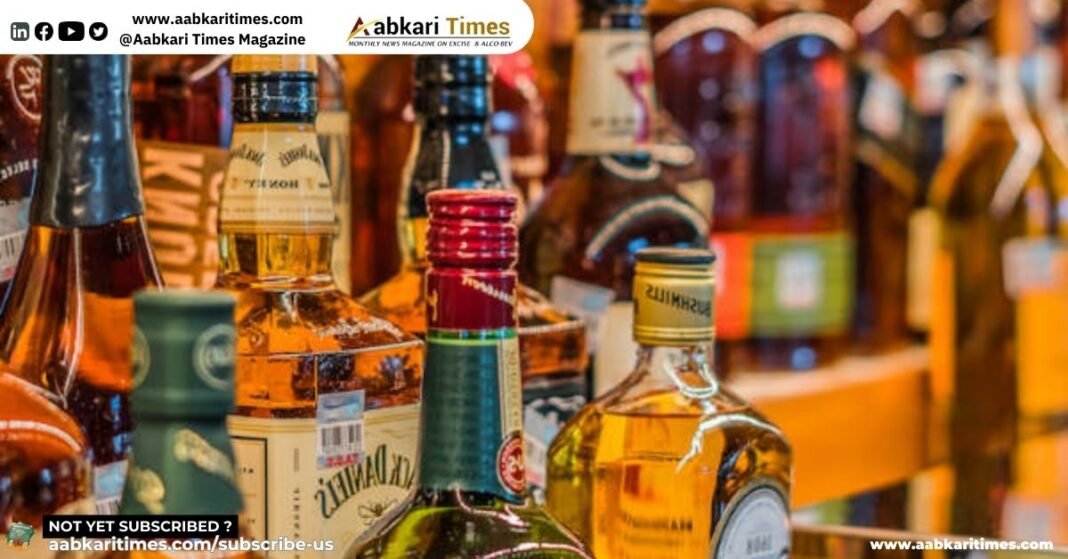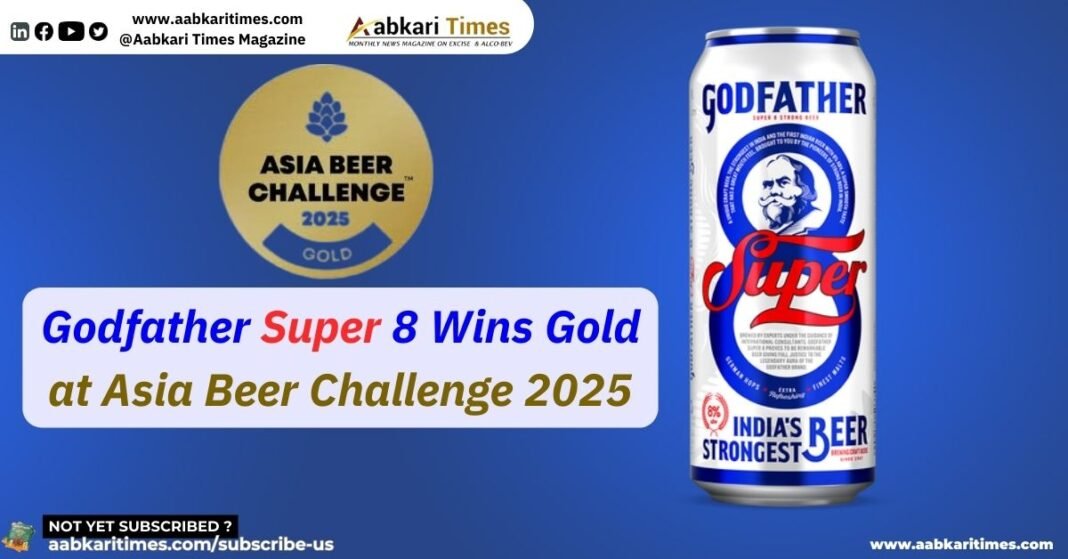India’s liquor industry is a paradox. On one hand, it’s one of the biggest sources of revenue for states, often contributing 15–25% of their total tax income. On the other hand, it remains one of the most fragmented and inefficiently managed sectors because alcohol is kept outside VAT and GST. Instead, every state runs its own excise system—creating confusion, higher costs, and loopholes that encourage smuggling and unsafe liquor.
The Problem of Fragmentation
Each state has its own rules for licensing, pricing, and IT systems. A beer maker in Punjab who wants to sell in Maharashtra must apply for separate permits, pay different fees, and deal with different online systems. Pricing is just as messy:
-
Tamil Nadu fixes prices through its state-run TASMAC stores.
-
Delhi requires companies to submit cost sheets.
-
Rajasthan decides prices through annual tenders.
This results in the same brand being sold at very different prices across states. For businesses, this means higher compliance costs; for governments, it leads to tax leakages; and for consumers, it increases the risk of unsafe or illicit liquor.
Lessons from VAT & GST
India faced a similar problem in the 1990s with sales tax. Each state had its own system until states agreed to move towards Value Added Tax (VAT), followed later by GST. A common model law, fiscal compensation for revenue loss, and a shared IT system helped bring uniformity without taking away states’ powers completely.
What the Courts Say
The Supreme Court has made it clear in several rulings that while states have the power to regulate liquor, they must do so in a way that doesn’t block interstate trade or distort competition. In short—states have authority, but coordination is necessary.
The Way Forward: A Model Excise Law
Experts suggest applying the VAT playbook to liquor excise:
-
Draft a Model Excise Law – Standard definitions, licensing rules, and pricing methods across states, while still allowing states to set their own tax rates.
-
Create a National Excise IT System (“EXISEX”) – A shared platform for permits, a central registry of brands and licences, and QR/barcode-based track-and-trace to fight spurious liquor.
-
Uniform Pricing Formula – A transparent way to calculate MRP based on base price + notified costs + state-specific duties.
-
Offer Fiscal Incentives – Like VAT, the Centre can compensate states for revenue loss during the transition and fund IT upgrades.
Why It Matters
-
Businesses will face fewer hurdles and get predictable rules across states.
-
States will reduce leakages, improve efficiency, and boost revenue.
-
Consumers will get safer products, fairer pricing, and less risk of smuggling.
The Bottom Line
Liquor excise is one of the last major indirect taxes still stuck in an outdated, state-by-state system. India already has the legal backing, financial models, and technology to modernise it. What’s needed is political will.
One nation with many liquor laws has been the reality for decades. The time has come to change that with a Model Excise Law that balances state autonomy with national efficiency.












